You’ve got the first draft, but know it’s not up to scratch. Not only will I check the basics such as grammar and spelling, but I’ll ensure concision, assess the concept, meaning and overall structure.
Let’s get ready to publish!
The copyediting services I provide vary, depending on what stage the project is at and what level of support you’re looking for.
What’s on offer:
Light copyediting = the work is almost good to go but you need an objective person to take a final look through before you send it to the designer. Often the project has been written by a professional writer and has already been edited in-house.
Copyediting = also known as line editing, which involves going through the piece of work sentence by sentence, to make sure everything reads well and is logically structured. A copyeditor’s main job here is to pick up grammar issues and typos, inconsistent style or tone of voice, flag problematic language use or advise on inclusivity issues. They’ll spot formatting errors, repetitions or omissions, and they often review contents, pagination, footnotes, appendices and much more. This is my most popular service and is often used by clients who have written reports, brochures, guides or other long-form content.
Substantive copyediting = helping to map out and structure the entire content and format of the document, and often before the writing stage begins. The copyeditor will also work with the writer to hit project goals and make sure the writing is relevant for the target audience. Or if the writing is at the first draft stage, the copyeditor will check how the information has been organised and how the writing flows, which may include extensive rewriting. This would also include everything a copyeditor would normally do and may also include checking and cross-referencing facts, footnotes and appendices and much more. Often researchers or those using English as a second language may need this service.
Combined copyedit/proofread = often when the budget has been squeezed or there’s no time to employ a separate editor and proofreader at the different project stages. This service is often used by small businesses or when a project has to be delivered at short notice.
Subediting = subeditors work in a similar way to copyeditors, but are the last line of defence before a piece of work is shared with the world. They put the finishing touches to copy to make it scannable and readable. They’ll pepper the article with a heading, standfirst, subheadings and captions that can be the difference between whether anyone reads the words or not. They are also expected to verify facts and sources (or suggest better ones). They may check for plagiarism and are expected to flag any legal issues, such as libel, copyright or brand infringement. They often source images and add keywords to help with indexing. Subediting is often used within the journalism or magazine industry. Many of my content marketing clients use subs.
“Jo is a results-oriented editor. She works hard to meet deadlines and has an ability to work in cross-cultural settings.”
“Jo has copyedited a number of reports and academic publications for ISD. She is extremely effective. When I send Jo work to be copyedited I can rest assured it is in good hands, will come back to us promptly and in great shape. We will continue to use Jo for all of our reports!”
“Jo is a great editor – she’s reliable, has great attention to detail, and is able to turn work around quickly. Whether looking at overall structure, style and tone – or tracing sources and verifying figures – her work is always accurate and ready to publish.”
Any questions?
How much do freelance copyeditors charge? Click for rates.
What’s the difference between copyediting and proofreading?
To understand more about the differences between copyediting and proofreading, and to help you decide which service you need, take a look at this handy guide from the Chartered Institute of Editing and Proofreading.
Extra note: copyediting is not copywriting, paraphrasing, ghostwriting, devising creative concepts or editorial project management. On the whole, copyeditors work with the text that is already there to make sure it’s as good as possible — to gently knock it into shape. They sometimes rewrite copy to make the piece stronger.

